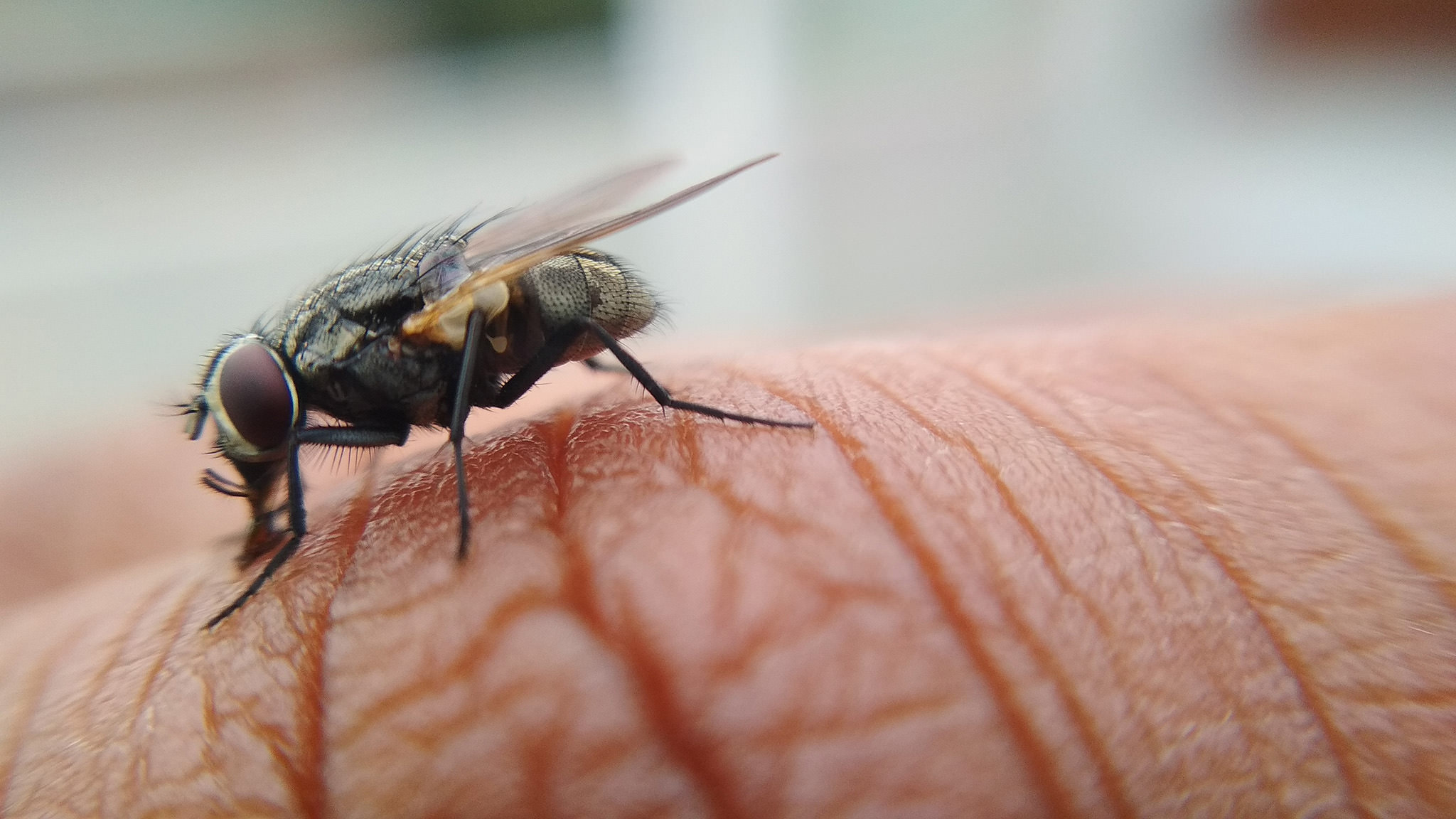

Macro photography combines two things that don’t really go together: an extremely shallow depth of field and the need for absolute stillness. So, it may be better to get several shots at an aperture of, say, f/5.8, then focus stack them. You would think the aperture setting that provides the widest depth of field would just make sense, right? Except a “perfect” focus at an aperture of f/22, for example, could result in lens diffraction that softens that focus. In a landscape situation, you’re often trying to cover a lot of ground with one aperture setting. You don’t need an excuse to use focus stacking, but there are a lot of situations where it certainly makes sense. When you know your lens’s sweet spot, you can focus stack multiple images of that super-sharp focus level at different points in the composition and harness it throughout the final photo. For most lenses, this means 2-3 stops from wide open.

This is why it’s important to know your lens’s “sweet spot” – the setting that results in its sharpest possible point of focus.
Macro stacking software how to#
Not sold yet? Keep reading to find out how to easily fit this technique into your workflow, from shooting to editing to wowing your viewers in just a few steps.
Macro stacking software manual#
Focus stacking is easy to learn if you’re already familiar with manual mode and basic photo editing.Ever wish you could extend the focal range on your macro lens? Desperately seeking tack-sharp images in spite of the pesky diffraction that happens when you hit f/16 or so? You’re going to love focus stacking.


 0 kommentar(er)
0 kommentar(er)
